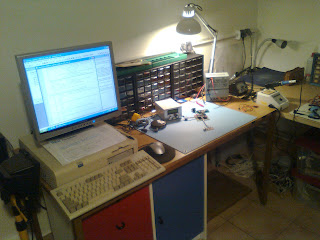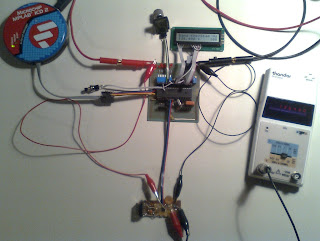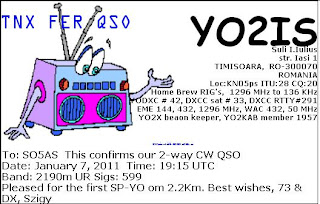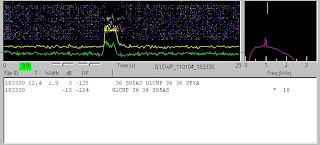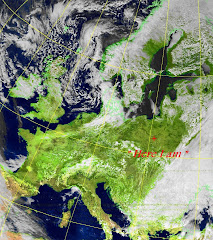Today the blog is one year old - Happy Birthday, Radioworm !
During the last 12 months there were 50 postings made, the hit-counter shows 1759 pageviews and visitors came from Europe, Middle East, Asia and USA. "Circuits", 27th March, leads the popular posts table. This was a post that I was undecided about publishing at all !
In that time the frequency synthesiser has dominated my construction projects.
My activity 'on the air' on longwave has been the most newsworthy; country "firsts" were reported on January 8th, and an award received in recognition of my achievements, 6th February. My personal favourite post is that of the extreme loading coil, 19th February. Of all the pics of my longwave radio station which I sent a magazine columnist, I wish he hadn't chosen to publish the one of the coil.
On the 20th April I saw the volcano eruption in Iceland from space, thanks to the weather satellites.
In the next twelve months I plan to develop a family of synthesisers including basic models and more advanced variants, build a new antenna for longwave, complete the 700 watt transmitter amplifier for 144MHz, and make my first amateur radio contacts via the moon; all of which will be posted here if they come to fruition. So it seems I shall be in this corner of the workshop quite often !
-
